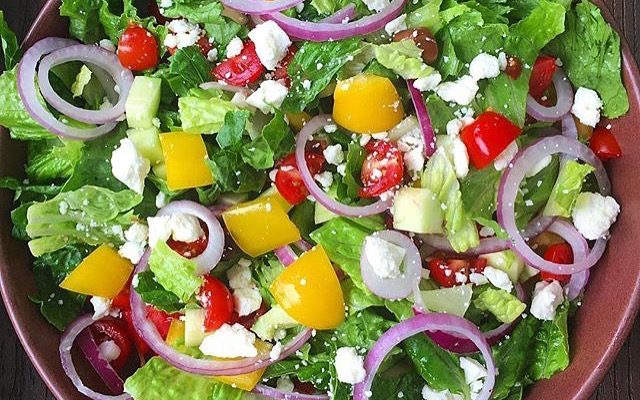by Brad David
If you want to optimize your body composition goals such as fat loss, muscle gain, or weight maintenance, utilizing a food log can be an excellent tool. In this 2-part blog post, I will talk about the benefits of food diaries, and how you can use them effectively and sustainably!
Cue the eye roll.
I know. Many people I talk to have had one of two experiences regarding food diaries:
- They tried it for a while, saw some basic results, then the logging just fizzled out.
- They tried it for a while, got way too obsessive over it, and had to stop because their sanity was at risk.
Does this sound familiar? There is no doubt that food logging can be tedious, overwhelming, and often useless if not used wisely. But before I get into how you can become a food-logging fiend, let’s talk about why it’s such a great tool.
When it comes to fat loss or muscle growth, you must understand the balance between Calories consumed vs Calories expended. To lose fat, you must consume less Calories than you burn. One pound of fat equals 3500 Calories. If you want to lose one pound per week, that means you need to take in 500 less calories per day than you are expending through exercise or basic metabolism (3500 Calories / 7 days in a week = 500 Calories per day).
Conversely, your must have a Caloric excess in order to build muscle. Think of muscle growth like cultivating a plant! A plant can only grow as big as the soil that surrounds it. If you increase the amount of soil (that contains nutrients), the plant will grow larger. Your muscle is like a plant, and your daily Calorie intake is like the pot and the soil. Get a bigger pot with more soil and the plant will grow. Eat more Calories than your body is currently adjusted to, and your body will grow!
As simple as this sounds, how do you know if you are eating 500 Calories more or less than you are expending? How do you know how many Calories you are expending in a day?
Your body expends a certain number of calories just to survive, called your Basal Metabolic Rate (BMR). This is the number of Calories your body would need if you were completely sedentary for an extended period of time (sitting on the couch 24/7). Your daily Caloric needs represent your Basal Metabolic Rate PLUS the Calories you expend moving throughout life (walking, exercising, texting, working at a desk, etc.) This number equals the amount of Calories you should consume to maintain your current body composition.
Here is a great tool I use for calculating Caloric needs (unless you get 10,000 or more steps per day AND exercise for 1 hour per day, mark yourself as “Sedentary”)
http://www.calculator.net/calorie-calculator.html
Now back to Food Diaries:
The more accurate your measurements are, the more accurate your results will be. Knowing first how many calories your body truly needs in a day is crucial for making progress. If your daily Caloric need is 2000 Calories, and you are eating even 2050 Calories, you will not see any changes. You must have a Caloric deficit in order to lose fat, and a Caloric surplus to gain muscle. The easiest way to ensure a deficit or surplus is to accurately measure your intake.
Figuring out how much you should be eating per day is the easy part. Actually eating within those limits is the challenge. Research has shown repeatedly that we all tend to underestimate our Calorie intake. What looks like 300 Calories of food is probably closer to 500. While we think we are eating towards our goals, we may actually be anywhere from 50 to 300 Calories above our daily needs. For those of you who claim to only see marginal results from food logging, this is probably why.
At SPARC, we promote sustainable, educational, and empowering principles for improving your health. Food logging in conjunction with food measurement not only allows for accuracy, but can be educational by showing you what an actual portion size looks like. Seeing 1 cup of pasta, 4 oz of chicken, or 2 tablespoons of salad dressing may be drastically different than our mental image of those amounts. Measuring and logging your food over time can train you to more accurately eyeball serving sizes for when you aren’t able to measure your foods, which leads to overall healthier eating. Reducing the dissonance between our perception of Caloric intake and the actual Caloric impact of food is why a food diary can be such a powerful tool. Training your brain to recognize actual food amounts is the key to sustainably eating healthfully.
Food diaries are not just a gimmick. Being able to accurately dial in your Caloric consumption, coupled with the self-educating aspects of food logging make it a tool worth trying. Next time, I will focus on the common reasons why food logs fail, and what strategies we can employ to succeed!

